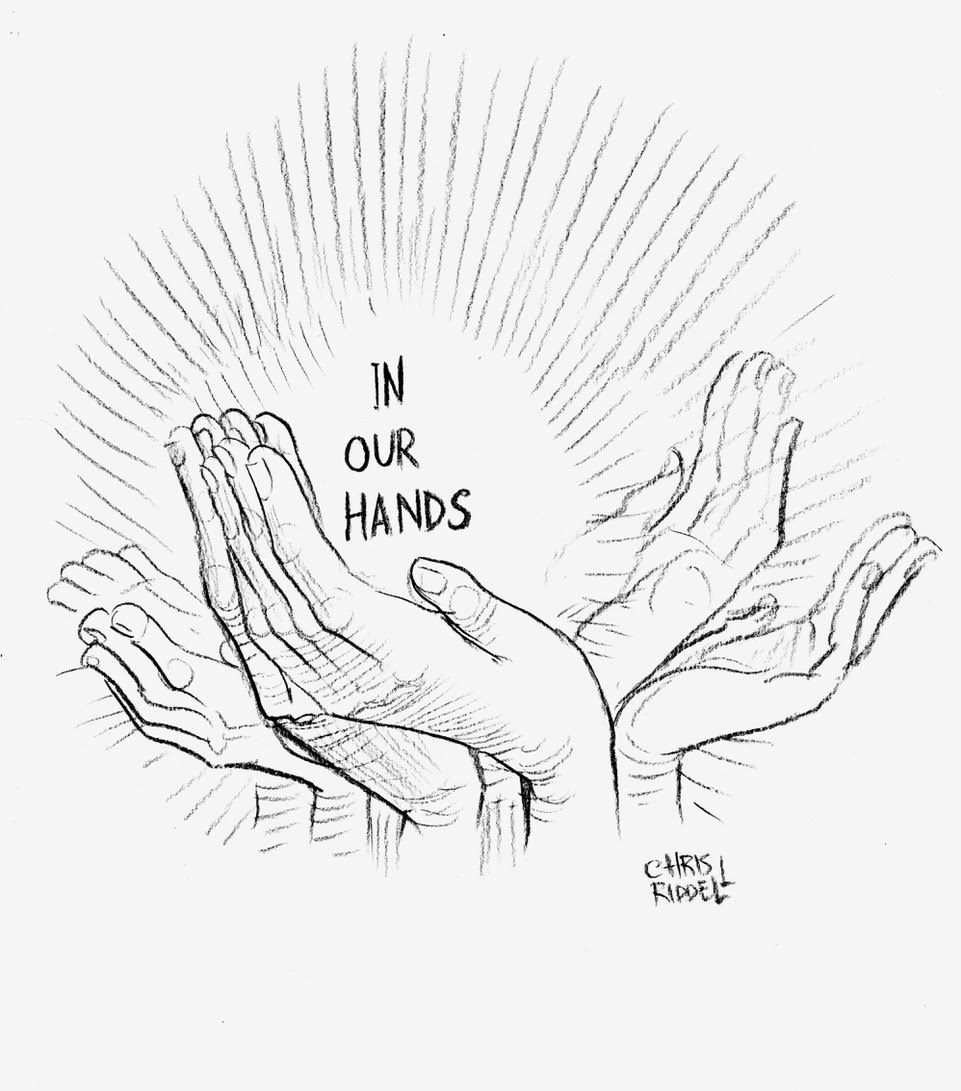Nothing about us without us!
Nicky Parker (Amnesty International, Poland)

My role within Seen and Heard is an exciting one: to lead on the creation of a book for young people. Having worked with children’s literature and human rights for many years, I know that this book has to take an unconventional approach. The project is all about children’s right to freedom of expression, so the book must uphold that principle.
The vision of the book
There’s a visionary human rights treaty that lies at the heart of Seen and Heard. It’s the 1989 UN Convention on the Rights of the Child (UNCRC), which was designed to help all children everywhere thrive. It’s been ratified by 196 countries – more than any other human rights treaty in the world. It says that children and young people (under 18s) have rights on a par with those of adults. All child rights are equal and interlinked: the right to play, for example, has equal importance to the right to education. It’s because children and young need all their rights if they are to flourish.
Under the UNCRC, adults (whether individuals, authorities or governments) are responsible for protecting children from harm, preventing that harm from happening in the first place, and providing all the essentials for a good childhood – like food, shelter, a safe place to live, and education.
The UNCRC also gives all under-18s the rights to freedom of expression (including in peaceful protest) and freedom of assembly, and to participate in all decisions that affect them.
As you can tell, Seen and Heard is rooted in children’s participation rights.
The challenges
Intellectually and morally our children’s book must involve the active participation of the children joining in the wider project. Their perspective is crucial, so we must listen to them, see them and hear them. Their fingers must be all over the book’s creation.
This is where, in a comic, you’d see a cartoon head combusting with stars, lightning flashes and gazillions of question marks…
Let me walk you through some of the creative, moral and practical challenges. We’ll put aside the adults, the genre and content for the moment, and focus on children’s rights to participation and voice.
For starters, there are over 600 young people of over 50 nationalities involved in this project, aged 11 to 14 (both children and adolescents), speaking at least eight languages between them. Many are refugees and migrants, most are from marginalised communities. How can we genuinely enable their participation in one small book?
And let’s not forget their right to play, it would be as morally wrong to expect them to participate as it would be to leave them out.
But turn it around: what if we adults were to create this book without the children’s participation? It would be so much simpler and it might be a great book anyway. That’s what most children’s books are, isn’t it?
But it wouldn’t reflect their perspective. It would be less than it should be. When we listen, we adults can always learn something fresh and wise from children.
Our approach and next steps
We’re privileged to have the generous support of two well-known children’s book artists. Amnesty UK Ambassador and former UK Children’s Laureate Chris Riddell has given lots of thoughtful advice on visually-led stories for young people. Prize-winning author and former Amnesty UK Ambassador Sita Brahmachari has provided insights from her long experience of creative work with marginalised communities. Together, they have helped me think about this deeply from a readers’ perspective and to consolidate the approach.
So, this is what we’ll do: we’ll create a communal poem on the theme of ‘In Our Hands’, which has many possible interpretations. This communally written poem will flow through the pages of a book illustrated by Chris and the young people. Chris will lead online drawing workshops that encourage the children to express themselves through illustration. Sita will do likewise, and will also write a classroom In Our Hands activity for young people to respond to in their own words, if they wish. This active participation will be supplemented by the careful work of the academic researchers, who will gather and record the words of those children who don’t write them down. Sita will curate these and create one communal poem, which will be illustrated by Chris and those children who choose to take part. The process will be fully explained to the children, and we will respect their right to consent for their words and pictures to be used in the book, or to withhold their consent. Throughout, we will pay close attention to what they say, and know that their freedom of expression will inspire Sita and Chris in the creation of the book.
My job is to set the goal, the parameters, and to guide this to a happy conclusion, but this is creative practice and is liable to change and adapt as needed. Watch this space!
Illustration copyright (c) Chris Riddell, 2024
